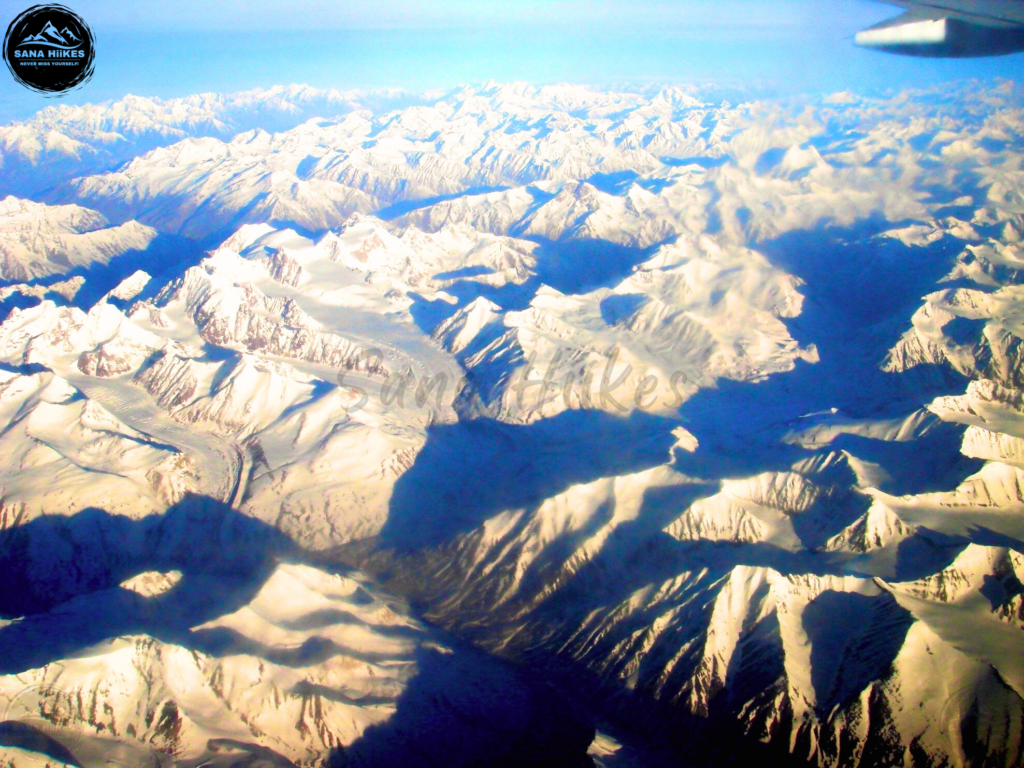
Introduction
Nestled in the rugged, high-altitude landscapes of Ladakh, Hemis National Park is India’s largest national park and a sanctuary for some of the rarest wildlife on the planet. Spread across 4,400 square kilometers, this breathtaking expanse of snow-capped peaks, deep valleys, and winding rivers provides an untouched haven for adventurers, nature enthusiasts, and conservationists alike.
Renowned as the “Snow Leopard Capital of India,” Hemis National Park is home to one of the world’s largest populations of these elusive big cats. The park’s unique Trans-Himalayan ecosystem also supports a wide array of other wildlife, including the majestic Himalayan blue sheep (Bharal), Tibetan argali (wild sheep), Eurasian brown bear, and red fox. Birdwatchers can revel in the sight of Himalayan griffon vultures, golden eagles, and lammergeiers soaring against the stark blue skies.
Beyond its rich biodiversity, the park holds deep cultural and spiritual significance. It is home to the historic Hemis Monastery, one of Ladakh’s largest and wealthiest Buddhist monasteries. Every year, the monastery hosts the Hemis Festival, a vibrant celebration featuring traditional Cham dances and rituals that draw visitors from across the globe.
Whether you seek thrilling trekking experiences, a chance to witness rare wildlife in its natural habitat, or an immersive journey into Ladakh’s Buddhist heritage, Hemis National Park offers something for every traveler. This untouched wilderness invites you to step into a world where nature reigns supreme, and ancient traditions live on.
Quick Facts

1. How to Reach Hemis National Park
By Air
The most convenient way to reach Hemis National Park is by air. The nearest airport is Kushok Bakula Rimpochee Airport (IXL) in Leh, which is well-connected to major cities like Delhi, Mumbai, Chandigarh, and Srinagar. From Leh, the park is approximately 40 km away, and travelers can hire taxis or rent motorbikes to reach the entrance.
By Road
For those who love road trips, reaching Hemis National Park by road is a thrilling experience. The park is accessible from Leh via well-maintained roads. Visitors can hire taxis or drive their own vehicles. The routes are scenic, passing through rugged mountainous terrain and offering breathtaking views of Ladakh’s landscapes.
Popular Road Routes:
- Leh to Hemis National Park (40 km): The easiest and most direct route, taking about 1-2 hours by car or bike.
- Srinagar to Leh (434 km) + Leh to Hemis (40 km): If traveling from Srinagar, take the Srinagar-Leh Highway, which passes through Sonamarg, Drass, and Kargil before reaching Leh.
- Manali to Leh (473 km) + Leh to Hemis (40 km): Travelers from Manali can take the scenic Manali-Leh Highway, passing through Rohtang Pass, Baralacha La, and Tanglang La before reaching Leh.
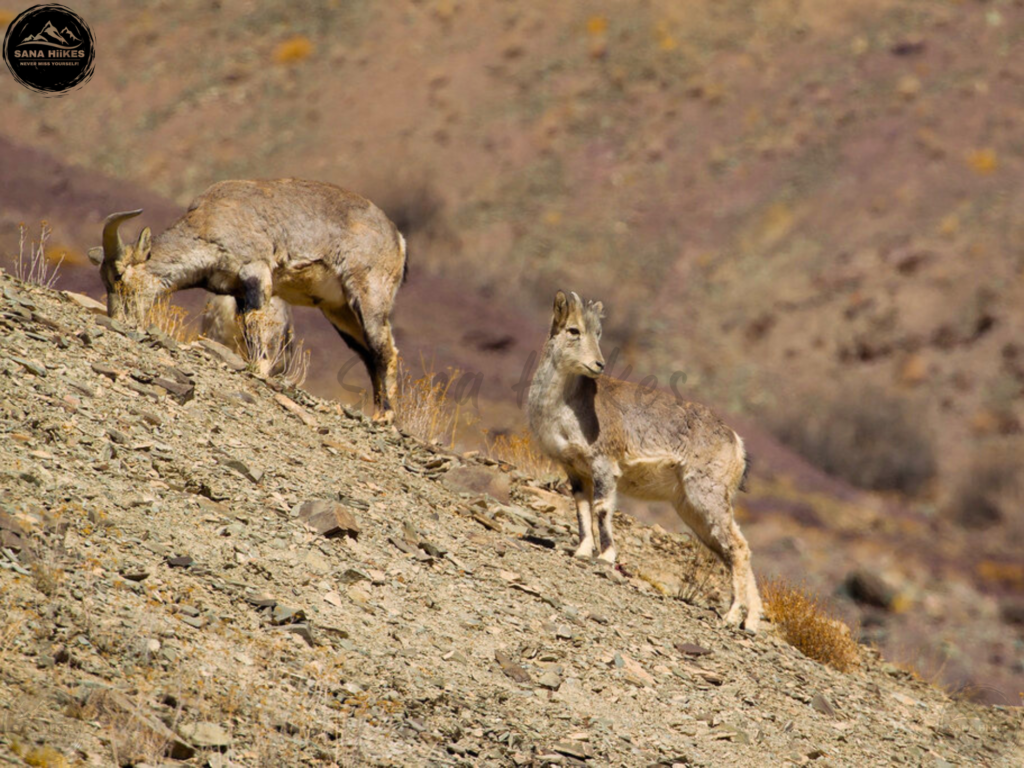
By Train
There are no direct train routes to Hemis National Park. The nearest railway station is Jammu Tawi Railway Station, about 700 km from Leh. From Jammu, travelers can take a taxi, bus, or flight to Leh and then proceed to Hemis National Park by road.
By Bus
Government and private buses operate from Manali and Srinagar to Leh, but there are no direct buses to Hemis National Park. Travelers must reach Leh first and then take a local taxi or rented vehicle to reach the park.
Travel Tips for Visiting Hemis National Park
- Acclimatization: The park is at a high altitude, so acclimatize in Leh for at least 24 hours before heading to the park.
- Entry Permits: Indian travelers do not need permits, but foreign tourists must obtain a Protected Area Permit (PAP) from Leh.
- Best Time to Visit: The ideal time to visit is May to September, when the weather is pleasant and the park is accessible.
- Winter Trekking: For snow leopard enthusiasts, visiting in January-February offers a high chance of sightings.
- Accommodation: Stay options include guesthouses in Leh, homestays in nearby villages, and camping within the park.
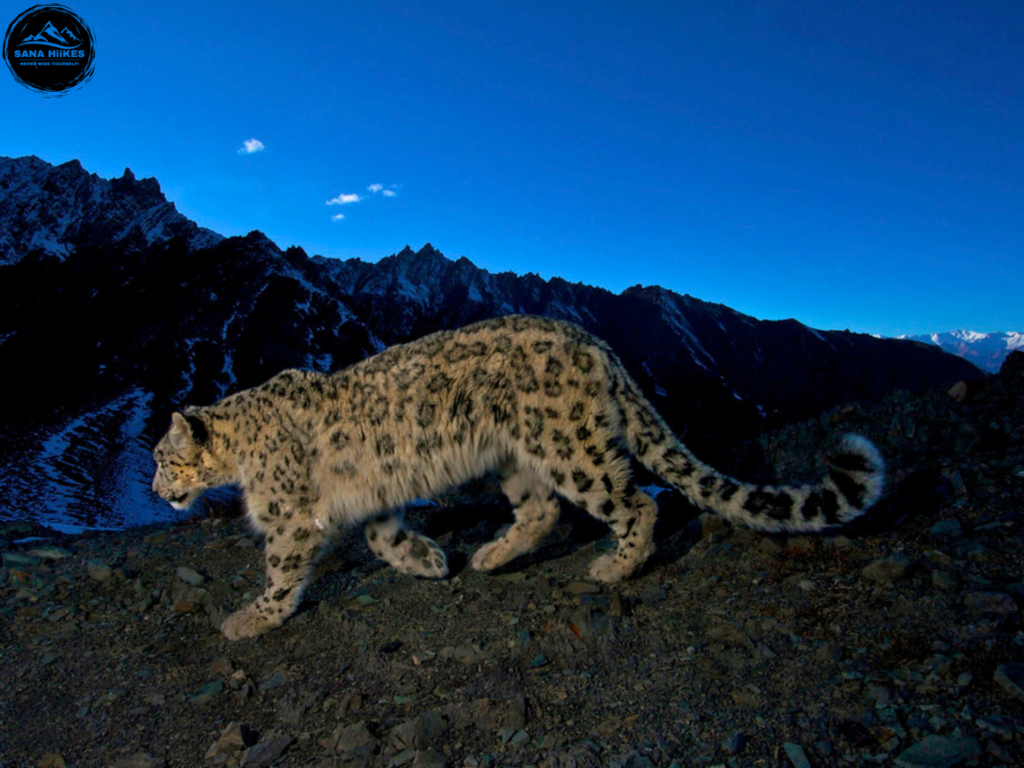
2. Best Time to Visit Hemis National Park
Hemis National Park experiences extreme weather conditions due to its high-altitude location in Ladakh. The best time to visit depends on what you want to experience—whether it’s trekking, wildlife spotting, or witnessing the unique culture of the region.
Summer (May to September) – Ideal for Trekking and Sightseeing
The months between May and September are the best for exploring Hemis National Park. During this period, the temperatures range between 10°C and 25°C, making it comfortable for trekking and outdoor activities. The snow melts, revealing stunning landscapes, lush meadows, and accessible trekking routes like the Markha Valley Trek and Rumbak Valley Trek. This is also a great time to visit Hemis Monastery, especially during the Hemis Festival in June or July, which showcases vibrant Buddhist traditions.
Winter (November to February) – Perfect for Snow Leopard Sightings
For wildlife enthusiasts, winter—particularly January and February—is the best time to visit. With temperatures dropping to as low as -20°C, the rugged terrain becomes an icy wonderland. This is the prime season for Snow Leopard expeditions, as these elusive big cats descend to lower altitudes in search of food. The park also offers sightings of Himalayan blue sheep, Tibetan wolves, and Eurasian brown bears during this period. However, visitors must be well-prepared for extreme cold and high-altitude conditions.
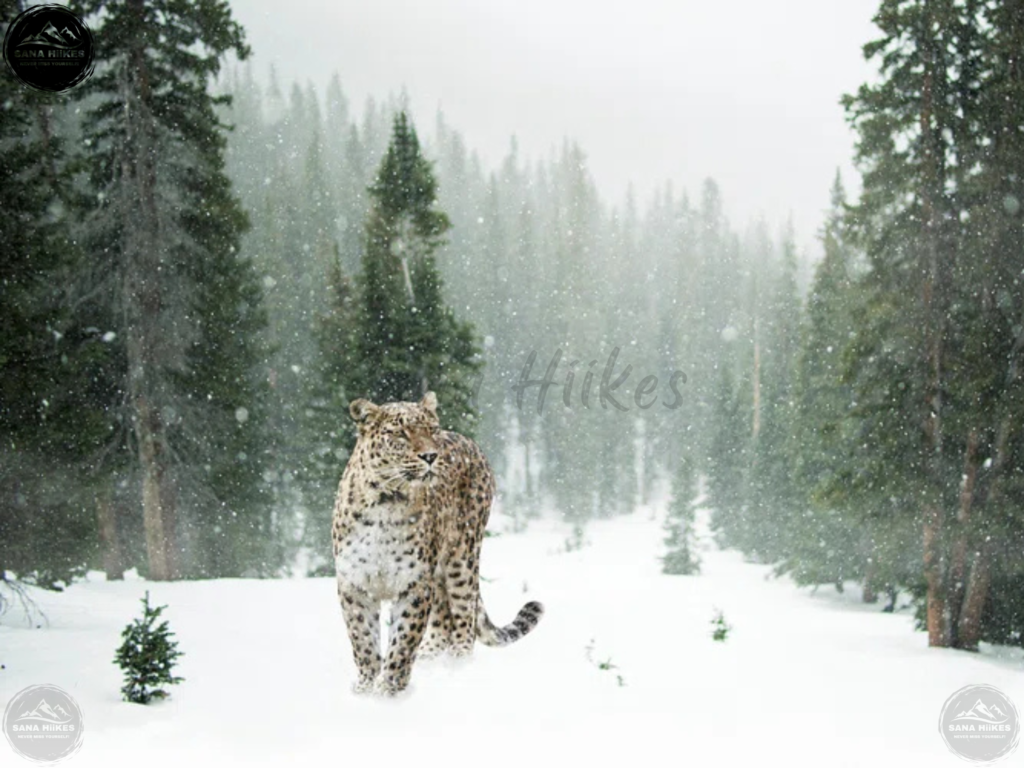
Monsoon (Late July to Early September) – Not Recommended
Though Ladakh receives minimal rainfall, some areas may experience occasional showers, making trekking slightly challenging. However, the park remains accessible, and the scenery is at its most picturesque.
For the best experience, plan your visit between May and September for trekking or January to February for Snow Leopard spotting!
3. Things to Do and Must-Visit Places
Hemis National Park offers a mix of wildlife adventures, spiritual experiences, and breathtaking landscapes. Whether you’re an avid trekker, a wildlife photographer, or a culture enthusiast, there’s something for everyone in this high-altitude paradise.
1. Snow Leopard Tracking – The Ultimate Wildlife Adventure
Hemis National Park is famous for being the best place in the world to spot Snow Leopards. Winter, January and February are the peak times for Snow Leopard expeditions, as these elusive predators descend to lower altitudes in search of food. You can also encounter Himalayan blue sheep, Tibetan wolves, Eurasian brown bears, and red foxes. For the best experience, hire an expert guide and bring a good pair of binoculars!
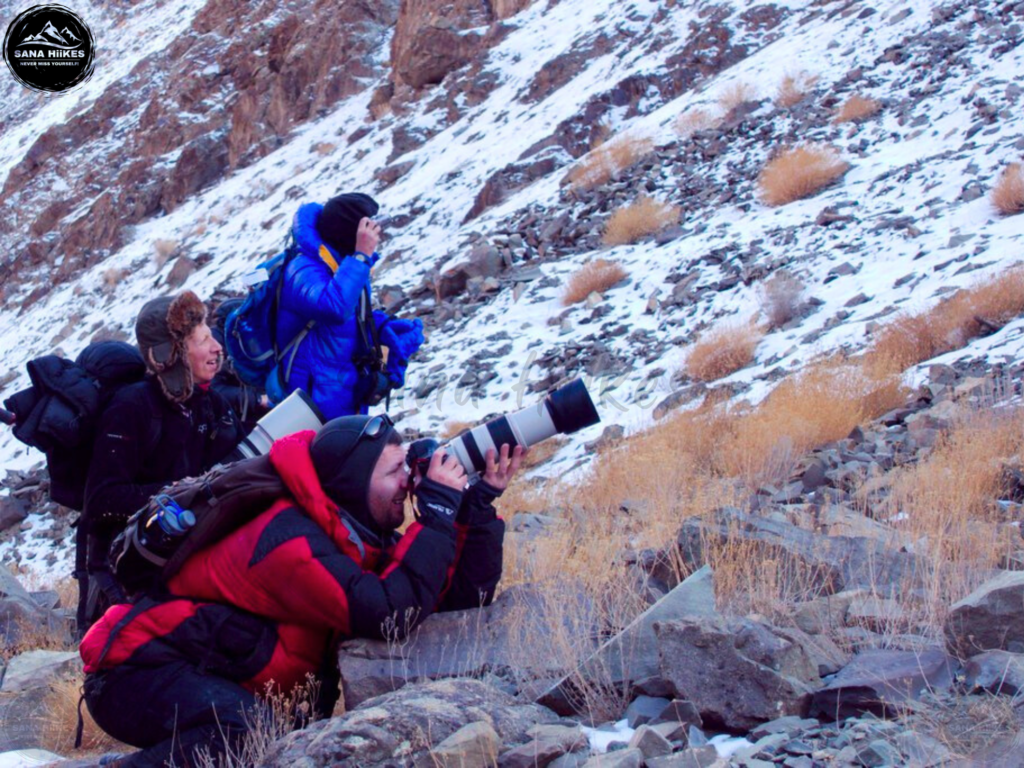
2. Trekking Through the Remote Himalayas
Hemis National Park is a trekker’s paradise, offering stunning trails that pass through dramatic landscapes, ancient villages, and Buddhist monasteries.
- Markha Valley Trek – A popular trek (6–9 days) passing through scenic valleys, high passes, and monasteries.
- Rumbak Valley Trek – A short trek (4–5 days) ideal for wildlife spotting, especially Snow Leopards.
- Stok Kangri Trek – A challenging trek leading to the summit of Stok Kangri (6,153m), one of the highest trekking peaks in India.
3. Visit the Famous Hemis Monastery
Located just outside the national park, Hemis Monastery is one of Ladakh’s most important Buddhist monasteries. Dating back to the 17th century, it is famous for its rich history, stunning architecture, and sacred relics. If you visit in June or July, don’t miss the Hemis Festival, where monks perform masked dances to honor Guru Padmasambhava.
4. Birdwatching – A Paradise for Bird Lovers
Hemis National Park is home to a variety of high-altitude bird species, making it a fantastic destination for birdwatchers. Look out for:
- Himalayan griffon vulture
- Golden eagle
- Lammergeier (Bearded vulture)
- Tibetan snowcock
The best time for birdwatching is May to September, when many birds migrate to the region.
5. Explore Scenic Villages and Local Culture
The park is surrounded by traditional Ladakhi villages, where you can experience the unique culture and warm hospitality of the locals. Some must-visit villages include:
- Rumbak Village – A remote village with homestay options, perfect for wildlife lovers and trekkers.
- Markha Village – Located along the Markha Valley trek, offering breathtaking views and traditional Ladakhi houses.
- Stok Village – Famous for Stok Palace and Museum, showcasing Ladakh’s royal heritage.
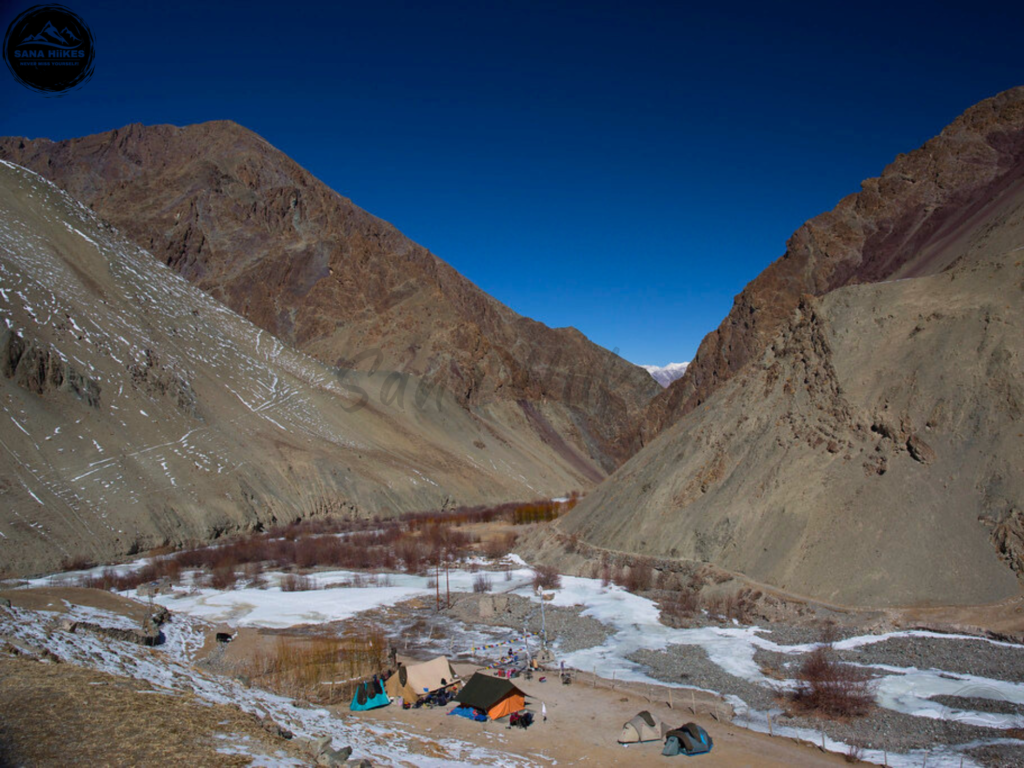
4. Local Cuisine and Where to Eat
Exploring the high-altitude landscapes of Hemis National Park can be physically demanding, making it essential to enjoy nutritious and hearty Ladakhi meals. The cuisine in this region is deeply influenced by Tibetan, Indian, and Central Asian flavors, offering warm, comforting dishes that are perfect for the cold climate.
Must-Try Local Dishes
1. Thukpa – Ladakh’s Favorite Noodle Soup
A staple in Ladakhi households, Thukpa is a flavorful noodle soup made with vegetables, meat, or lentils. It’s the perfect meal to warm you up after a long trek.
2. Momos – The Himalayan Dumplings
These steamed or fried dumplings are filled with meat, vegetables, or cheese and served with spicy chutney. A must-try dish for every visitor!
3. Skyu – Traditional Ladakhi Pasta
Skyu is a hearty dish made of wheat dough, root vegetables, and meat, cooked in a thick stew. It’s packed with energy, making it an excellent meal for trekkers.
4. Butter Tea (Gur Gur Chai)
A unique Tibetan-style tea made with yak butter, salt, and tea leaves, this drink helps combat the cold and prevent altitude sickness.
5. Chhang – Ladakhi Barley Beer
For those interested in local beverages, Chhang is a traditional fermented barley drink, often served during festivals and social gatherings.
Where to Eat Near Hemis National Park
While there are no formal restaurants inside the park, several villages and monasteries nearby offer delicious homemade Ladakhi meals.
1. Monastery Canteens
- Hemis Monastery Canteen – Serves simple vegetarian meals like thukpa, momos, and butter tea.
- Thiksey Monastery Café – Famous for Tibetan noodles, bread, and herbal tea.
2. Local Homestays and Guesthouses
Most homestays in Rumbak, Markha, and Stok villages offer authentic Ladakhi meals prepared using local ingredients. Some recommended ones include:
- Rumbak Homestays – Best for traditional Skyu and barley bread.
- Markha Village Homestay – Serves delicious steamed momos and lentil soups.
- Stok Village Guesthouses – Great place to try Chhang and Tibetan bread.
3. Cafés and Restaurants in Leh (Nearest Town)
If you’re heading back to Leh, here are some must-visit eateries:
- The Tibetan Kitchen – Famous for authentic Ladakhi and Tibetan dishes.
- Gesmo Restaurant – Known for its yak cheese pizza and fresh momos.
- Lamayuru Restaurant – A great spot to try Thukpa and Chhang.
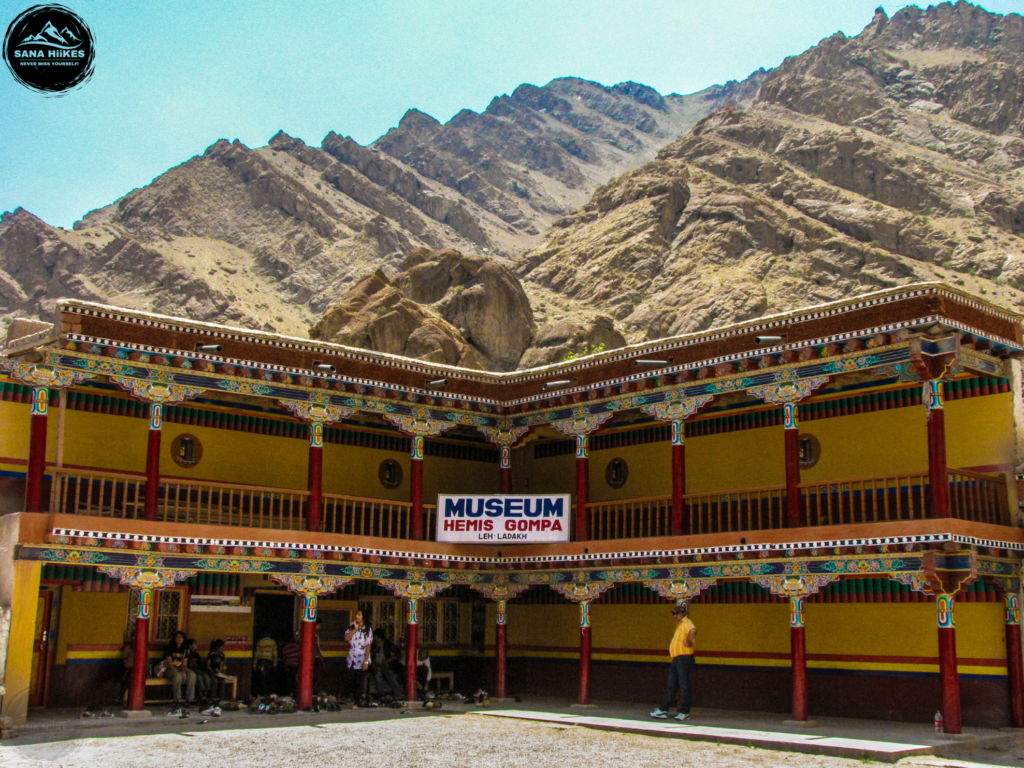
5. Travel Tips and Essentials
A trip to Hemis National Park is an adventure of a lifetime, but traveling to this high-altitude destination requires careful planning. From packing the right gear to understanding local customs, here are some essential tips to make your journey smooth and enjoyable.
1. Pack Smart for High-Altitude Travel
Hemis National Park lies at an altitude of 3,500 m to 6,000 m, where temperatures can be extreme. Make sure to pack:
- Layered clothing—lightweight thermal wear, fleece jackets, windproof and waterproof outer layers.
- Good trekking shoes – Sturdy, waterproof, and with a strong grip.
- Sunglasses & sunscreen – The sun at high altitudes is harsh, so UV protection is a must.
- Woolen caps, gloves, and socks – Essential for keeping warm, especially at night.
- Sleeping bag (if trekking) – Choose one rated for sub-zero temperatures.
2. Prepare for High-Altitude Sickness
Due to the thin air and low oxygen levels, altitude sickness (AMS) is a real concern. To avoid it:
- Acclimatize properly – Spend at least 24-48 hours in Leh before heading to the park.
- Stay hydrated – Drink plenty of water, but avoid alcohol and caffeine.
- Carry Diamox (after consulting a doctor) – Helps prevent altitude sickness.
3. Best Ways to Travel to Hemis National Park
- By Air – Fly to Kushok Bakula Rimpochee Airport (Leh) and drive to Hemis (approx. 40 km).
- By Road – Travel from Leh by taxi or bike (1.5 to 2-hour drive).
- By Trekking – Many adventurers prefer trekking routes via Markha Valley or Rumbak Village.
4. Wildlife Etiquette and Conservation Tips
Since Hemis National Park is a protected area, responsible travel is crucial.
- Do not disturb wildlife – Maintain silence while spotting Snow Leopards and other rare animals.
- Carry reusable water bottles – Avoid plastic waste.
- Follow Leave No Trace principles – Do not litter, and take all waste back with you.
- Respect local customs – Seek permission before photographing people or religious sites.
5. Carry Cash and Essentials
Hemis National Park is a remote area with no ATMs or network connectivity.
- Carry enough cash – Most homestays and local eateries do not accept digital payments.
- Offline maps and GPS – Mobile network is weak, so download maps in advance.
- Basic first aid kit – Include bandages, antiseptics, pain relievers, and altitude sickness medication.
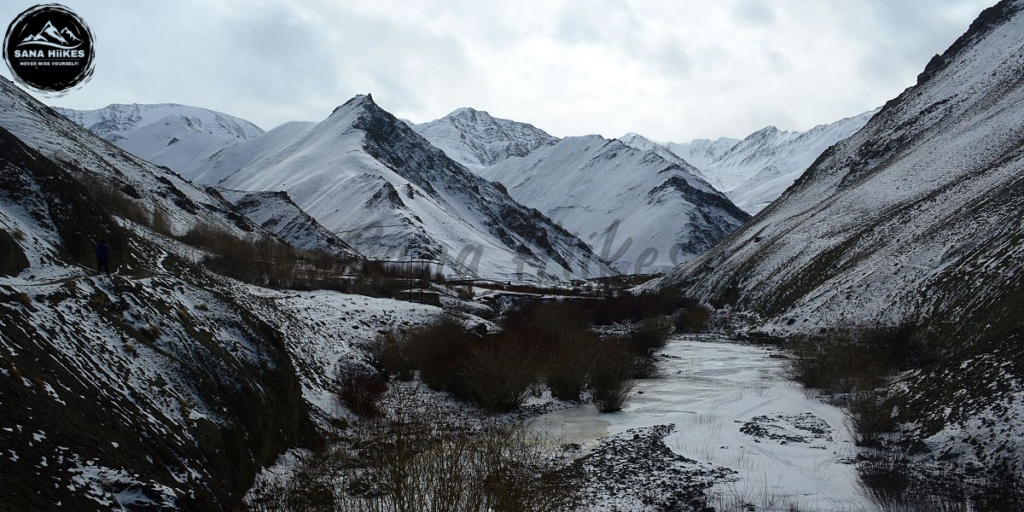
Final Thoughts
Visiting Hemis National Park is more than just a journey—it’s an immersion into one of the most breathtaking and ecologically rich regions of the Himalayas. Whether you’re a wildlife enthusiast hoping to catch a glimpse of the elusive Snow Leopard, a trekker eager to conquer the rugged trails, or a traveler seeking serenity in Ladakh’s untouched landscapes, this national park offers an unforgettable experience.
However, a successful trip requires proper planning and preparation. The high-altitude terrain demands acclimatization, appropriate gear, and physical endurance. Responsible travel is equally important—respect the fragile ecosystem, follow conservation guidelines, and minimize your environmental impact. Simple steps like avoiding plastic, maintaining silence around wildlife, and following the Leave No Trace principles can help preserve the park’s pristine beauty.
Beyond its wilderness, Hemis National Park is deeply intertwined with Ladakhi culture and Buddhism. The presence of ancient monasteries, traditional villages, and local homestays allows travelers to connect with the region’s rich heritage. Enjoying authentic Ladakhi cuisine, interacting with locals, and embracing the slow-paced mountain life adds to the charm of the journey. As you set out on your adventure, be mindful, be prepared, and be open to the wonders of the Himalayas. Hemis National Park isn’t just a place—it’s an experience that stays with you long after you leave. So pack your bags, breathe in the crisp mountain air, and embark on a journey where nature and culture blend seamlessly in the heart of Ladakh.
FAQs About Hemis National Park
Here are some frequently asked questions about traveling to Hemis National Park
1. Where is Hemis National Park located?
2. What is Hemis National Park famous for?
3. What is the best time to visit Hemis National Park?
~ For Trekking & Sightseeing – May to September offers pleasant weather, clear skies, and accessible trails.
4. How to reach Hemis National Park?
Road – Take a taxi, bike, or private vehicle from Leh (1.5 to 2 hours).
Trekking – Popular trekking routes from Markha Valley, Rumbak, and Stok lead to the park.
5. Do I need a permit to visit Hemis National Park?
6. What wildlife can be spotted in Hemis National Park?
Snow Leopard (Best spotted in winter)
Himalayan Blue Sheep (Bharal)
Tibetan Argali (Wild Sheep)
Eurasian Brown Bear & Red Fox
Golden Eagles, Himalayan Griffon Vultures, and Lammergeiers
7. What are the best trekking routes in Hemis National Park?
Rumbak Valley Trek – Best for Snow Leopard tracking in winter.
Stok Kangri Trek – A challenging trek leading to Stok Kangri Peak (6,153 m).
8. Are there accommodation options inside Hemis National Park?
Homestays in Rumbak & Markha Valley – Offers local Ladakhi food and a cultural experience.
Camping Sites – Available for trekkers and wildlife photographers.
Hotels & Guesthouses in Leh – Ideal for those who prefer comfort before/after their trip.
9. What should I pack for a trip to Hemis National Park?
Sturdy trekking shoes with good grip.
Sunglasses & sunscreen (High-altitude sun can be harsh).
Reusable water bottle to avoid plastic waste.
Altitude sickness medication (Consult a doctor before travel).
10. Is it safe to visit Hemis National Park?
Acclimatization is necessary to avoid altitude sickness.
Travel in groups or with a guide for remote treks.
Respect wildlife – Avoid making loud noises or disturbing animals.

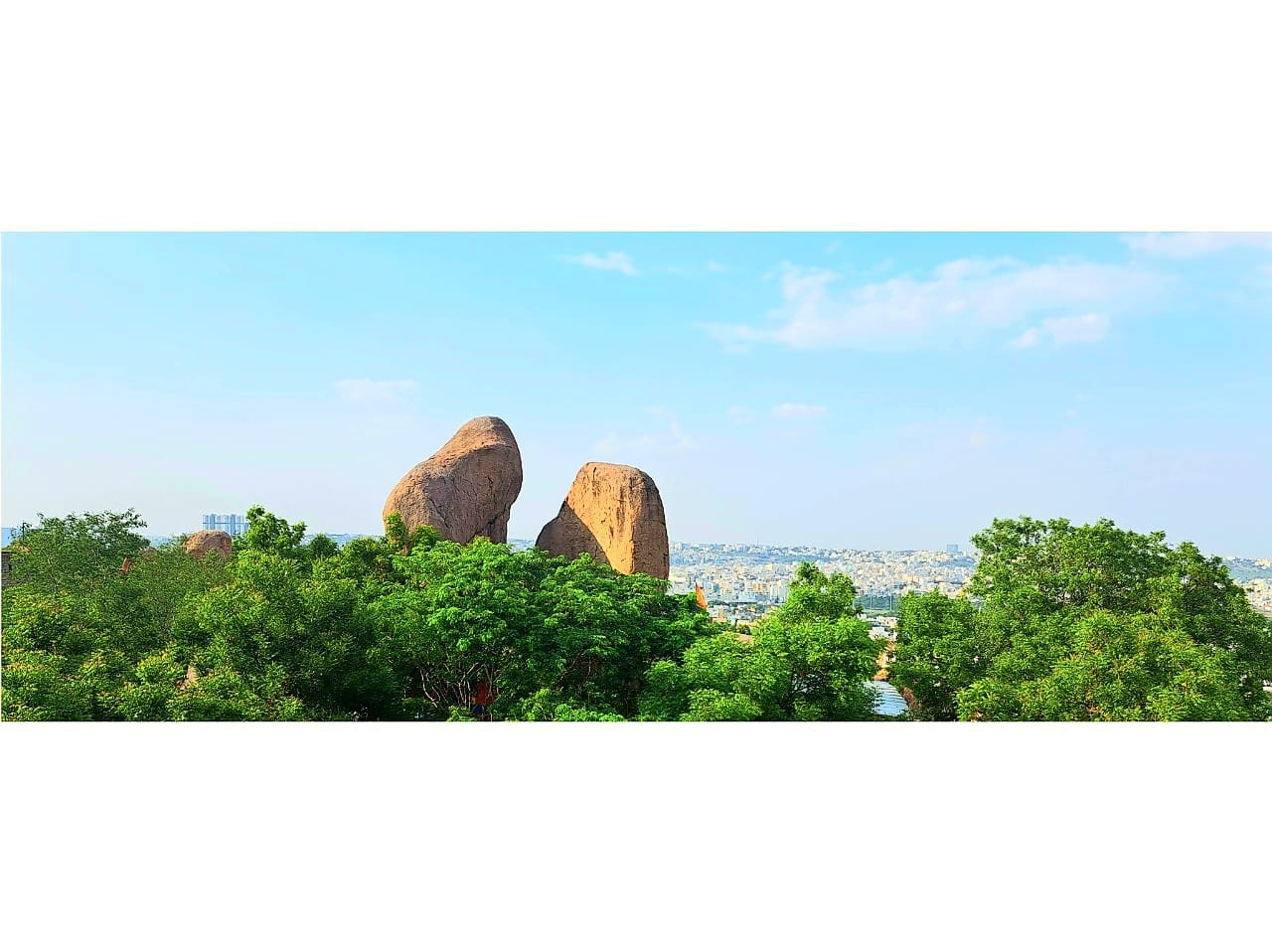
Leave a Reply